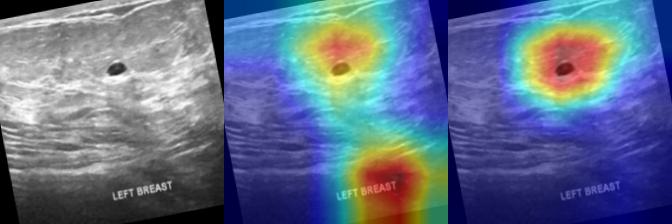Authors: Yasamin Medghalchi, Niloufar Zakariaei, Arman Rahmim, Ilker Hacihaliloglu
Published on: March 25, 2024
Impact Score: 7.4
Arxiv code: Arxiv:2403.16335
Summary
- What is new: Introduction of MEDDAP pipeline leveraging Stable Diffusion models for generating informative labeled samples in medical imaging, and USLoRA for efficient fine-tuning.
- Why this is important: The lack of abundant, accurately annotated data for training deep neural networks, especially in medical cases with ultrasound images that vary widely.
- What the research proposes: MEDDAP pipeline with Stable Diffusion models enhanced by USLoRA, a fine-tuning method requiring significantly fewer resources.
- Results: Outperformed classifiers trained on original datasets and demonstrated superior performance on unseen datasets.
Technical Details
Technological frameworks used: Stable Diffusion (SD), MEDDAP, USLoRA
Models used: Deep Neural Networks, specifically for ultrasound image classification
Data used: Original small datasets in medical imaging, particularly ultrasound
Potential Impact
Healthcare providers, medical imaging companies, AI development companies focusing on healthcare applications
Want to implement this idea in a business?
We have generated a startup concept here: EchoEnhance.



Leave a Reply